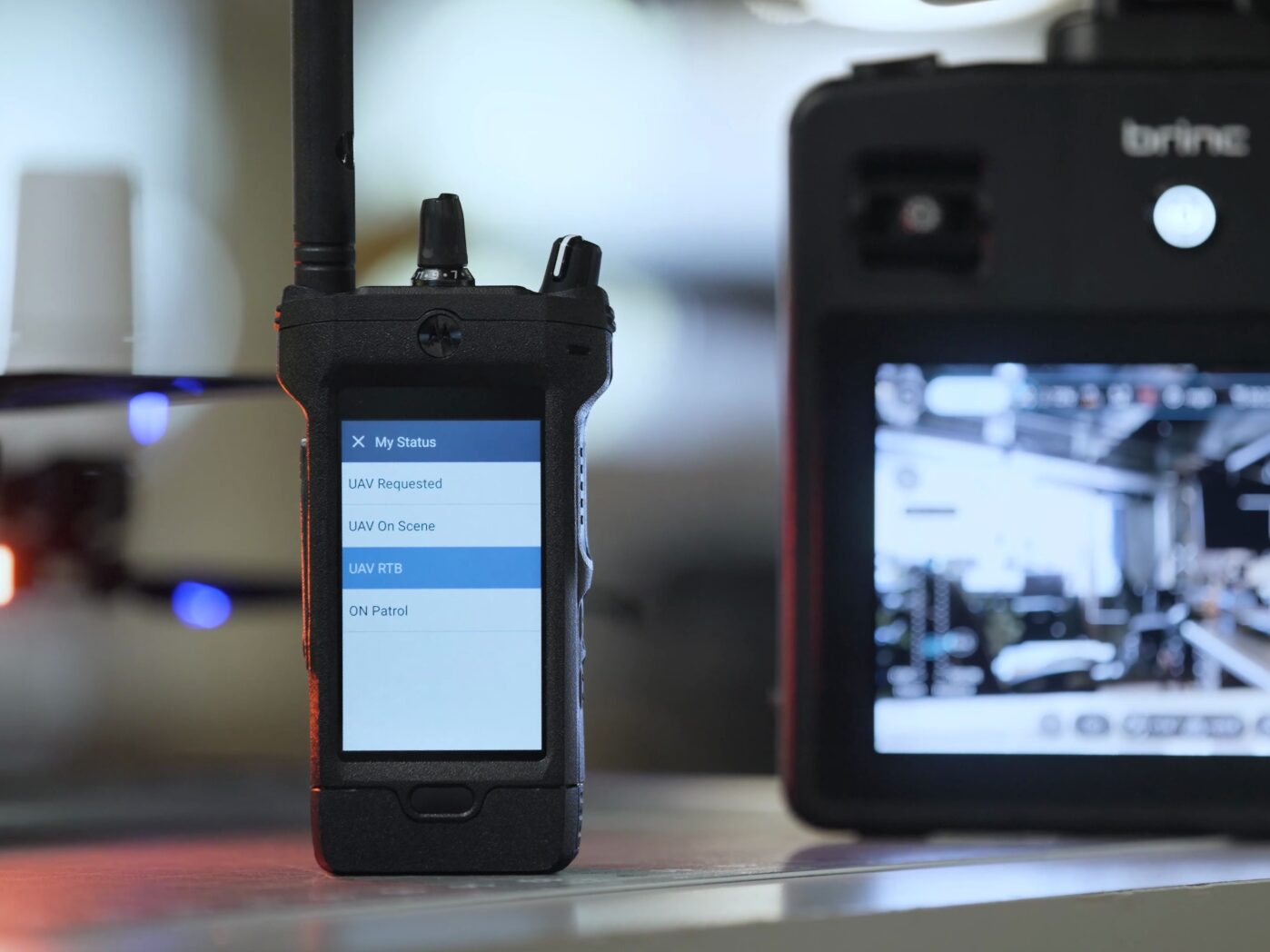Where Outdoors Meet Indoors: The Future of Drone Operations
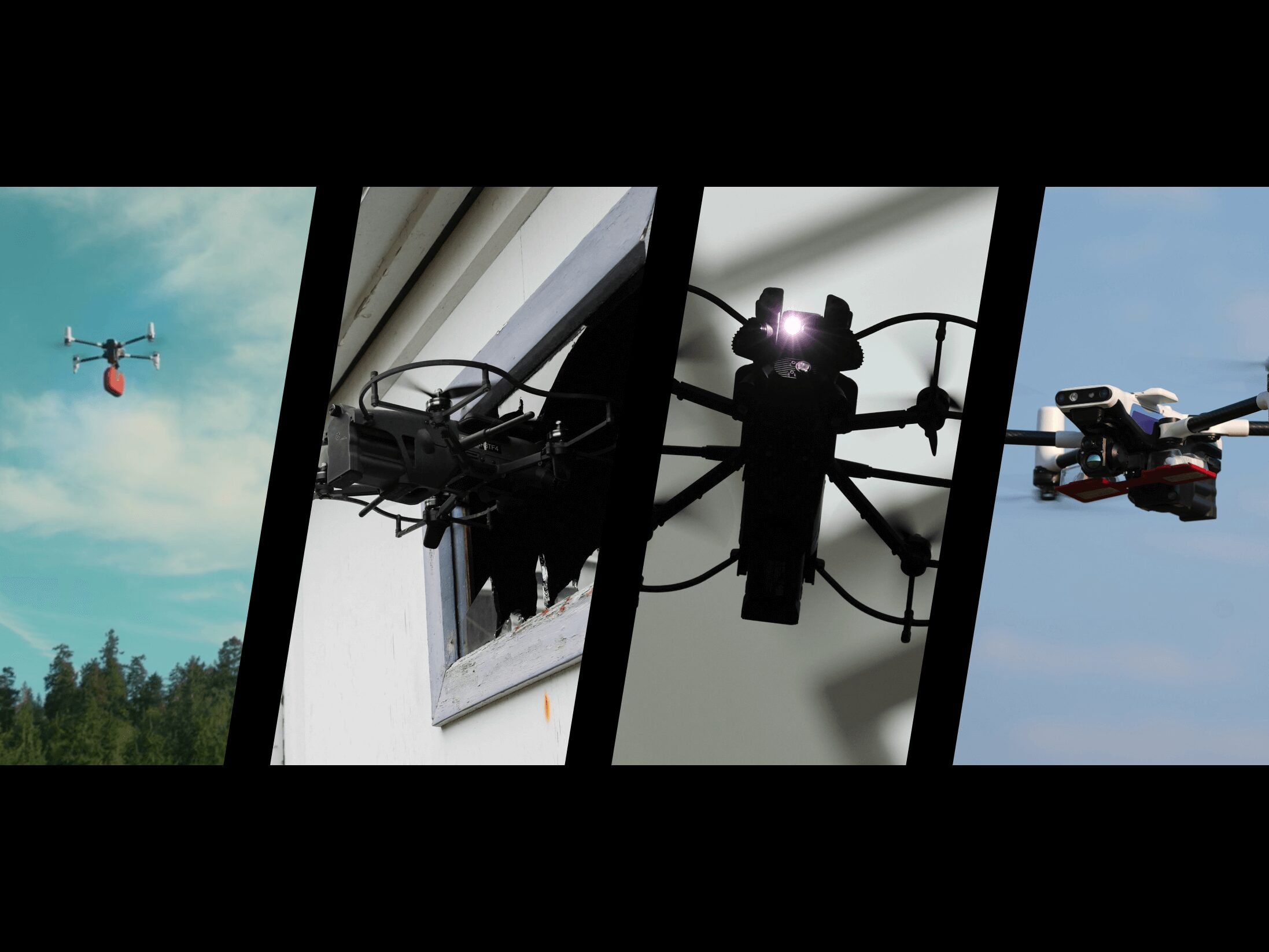
High-performance drone operations are essential tools for law enforcement and emergency response agencies who want to enhance operational efficiency.
These drone solutions, which combine indoor and outdoor capabilities as well as hardware and software, require seamless integration between drone systems to achieve increased response times and efficient public safety missions.
A unified approach is key to overcoming disjointed operations and sets a new standard for ensuring the effectiveness of public safety missions.
A Seamless Solution
With Drone as First Responder (DFR) operations rapidly gaining acceptance as an innovative and effective solution for public safety agencies across America, the benefits of fully integrating indoor and outdoor drone systems are becoming increasingly clear.
The LiveOps cloud platform provides a unified interface, offering a single-pane-of-glass view of all airframes on the scene. This integration enhances perspective and significantly improves situational awareness for first responders.
Additionally, using a single controller simplifies training by eliminating the need to manage multiple feeds simultaneously. This streamlined approach increases flexibility in the field, ensuring faster and more effective responses when every second counts.
A fully integrated drone system gives first responders the real-time, high-quality visuals that are crucial for making informed decisions during rapidly evolving emergencies.
So let’s say a drone is dispatched to the scene of a domestic emergency that quickly turns into a hostage situation, public safety officers can better assess the situation and respond more effectively when both drone feeds flow through the same system.
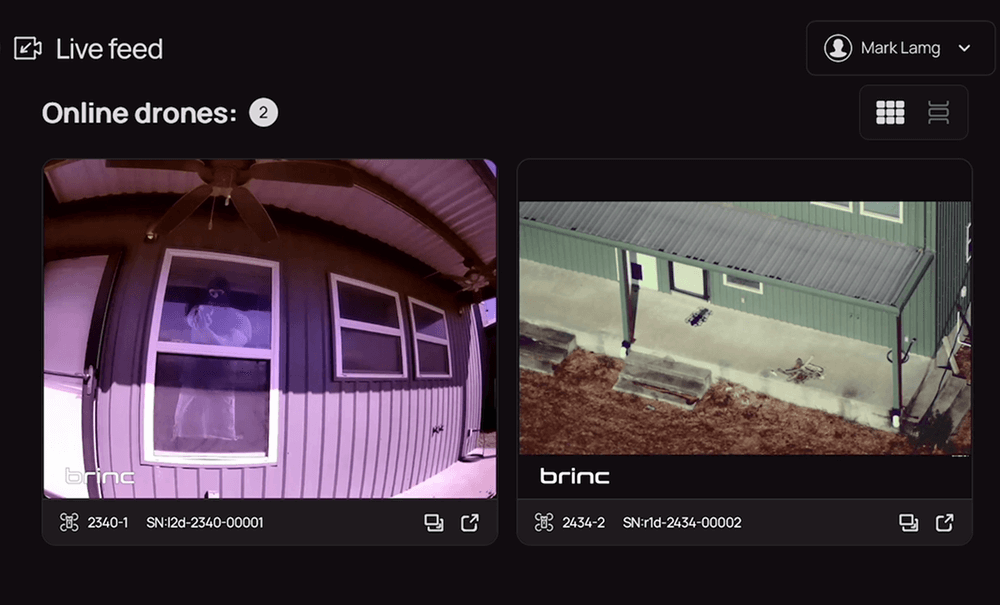
This video showcases a simulation conducted by BRINC at the Texas DPS training facility in Florence, Texas. The scenario involved a simulated barricade hostage situation, where the BRINC team demonstrated the advantages of both platforms.
First, the Responder drone was deployed to provide an initial view of the scene and identify the likely location of the hostage. Using the intel gathered by the Responder, a forward team (acting as a SWAT team) launched a second drone to target an entrance and pinpoint the hostage’s exact location.
A Unified System
Comprehensive drone programs–like DFR–require both indoor tactical drones and outdoor overwatch drones, each designed to meet the specific demands of their respective environments.
Outdoor drones provide overwatch, deploy sirens, conduct two-way communications, and deliver medical payloads. Indoor drones focus on maneuverability, precise navigation, and de-escalation techniques in confined environments.
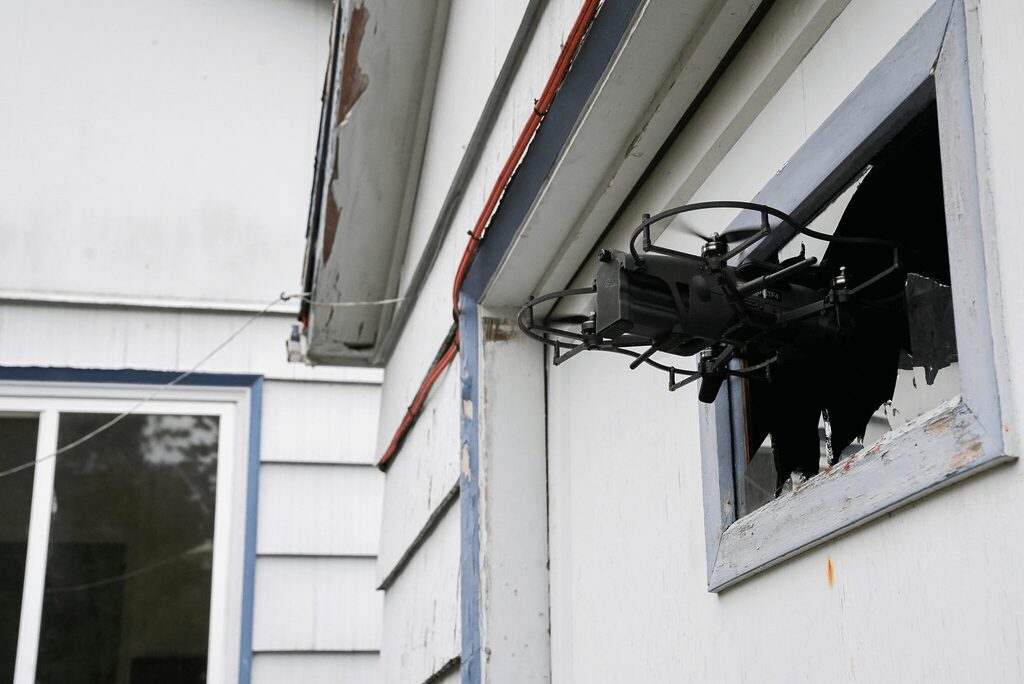
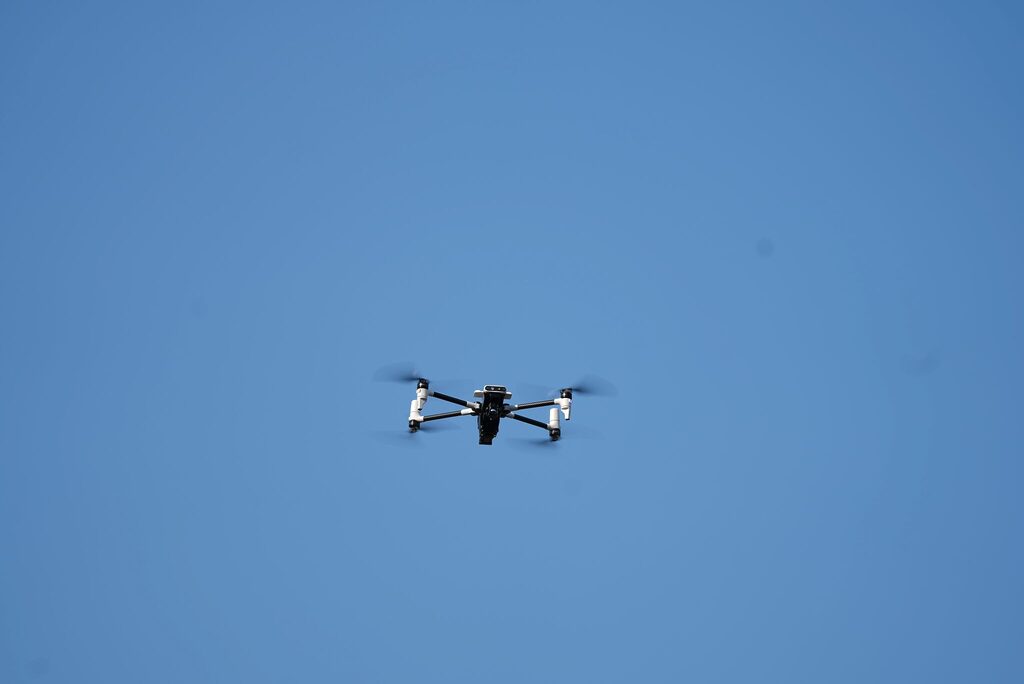
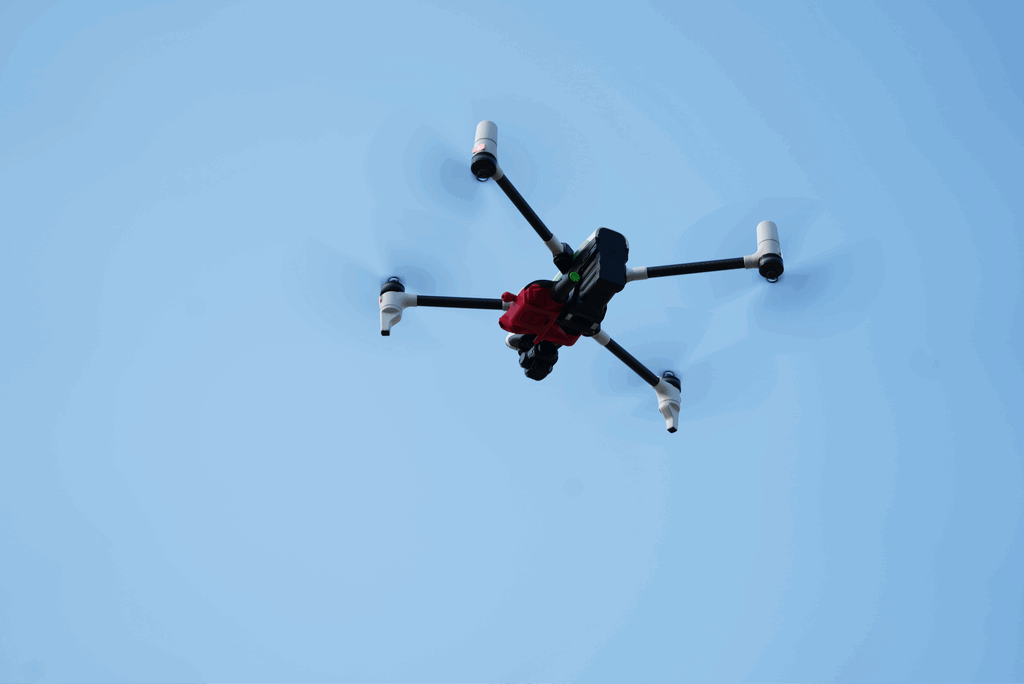

If these two drone systems aren’t integrated, communication and situational awareness gaps can sow confusion and result in errors, putting first responders and the public at greater risk. That could be an incident commander having to switch screens to view both streams. Or pilots being asked to fly a drone with a control scheme they aren’t familiar with.
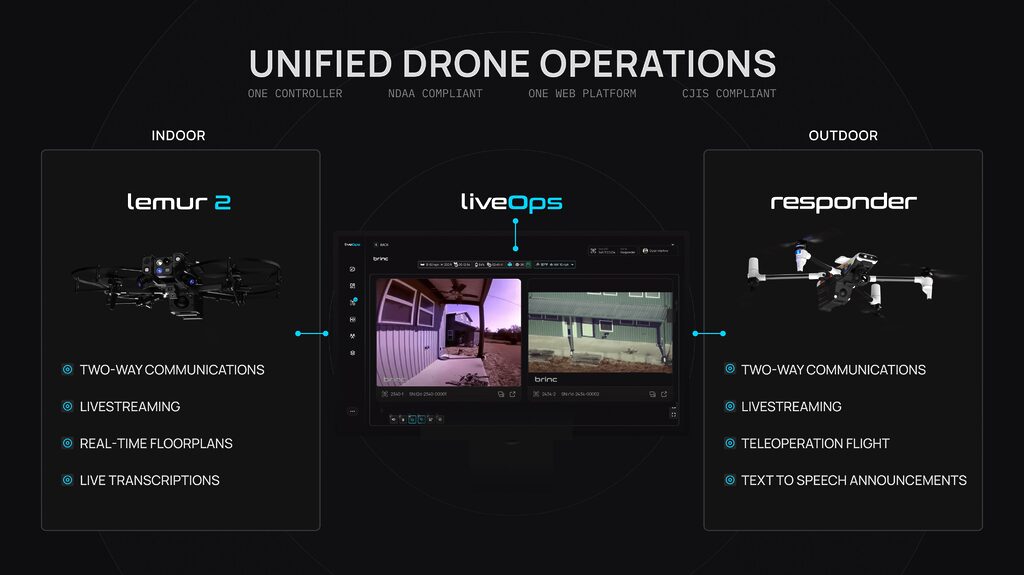
Without a fully integrated solution that streamlines interfaces, controls, and data streams, operational complexities and inefficiencies abound, further straining already limited resources and delaying decision-making.
Consistent Controls for Flexible Operations
One of the key benefits of BRINC’s fully-integrated system is the use of a single controller across all platforms. This consistency simplifies training, reducing the learning curve for pilots and enabling them to become proficient more quickly. Additionally, having one controller enhances operational flexibility by allowing pilots to seamlessly transition between taking command from DFR operations and vice-versa, adapting to the dynamic needs of the mission.
While the controller remains the same, the BRINC Pilot software adapts to each connected drone, providing rich, tailored features for every airframe. This ensures that pilots experience the full capabilities of each drone while maintaining a familiar interface. As a result, operators trained on one BRINC airframe can easily transition to another, maximizing efficiency and operational effectiveness across diverse scenarios.

Two Environments. One System.
The future of public safety drones solutions is DFR. And the future of DFR is a comprehensive system that achieves its full potential by navigating seamlessly between indoor and outdoor operations.
In other words, to ensure that drone data and video streams remain uninterrupted and first responders receive the real-time, high-quality visuals that are crucial for making informed decisions during rapidly evolving emergencies, the people who keep Americans safe need a flexible drone solution that integrates both capabilities no matter the environment.
Interested in learning more about a unified approach to drone operations? You can learn more about our DFR program or get in touch with us here.
